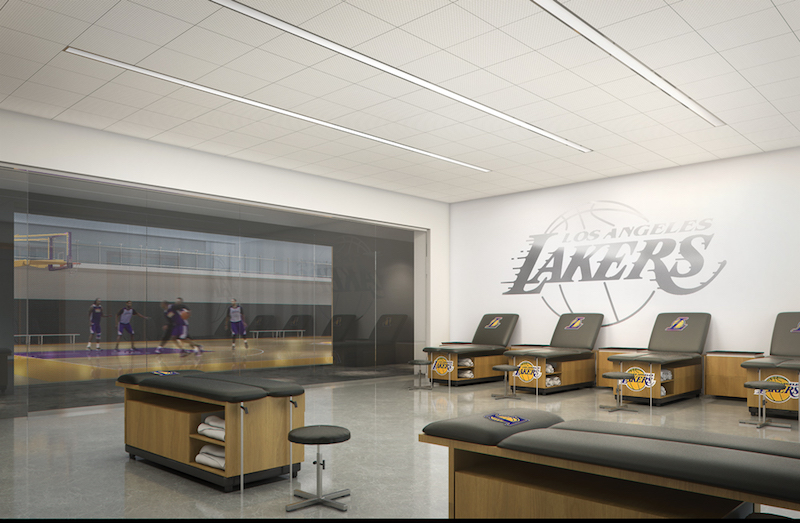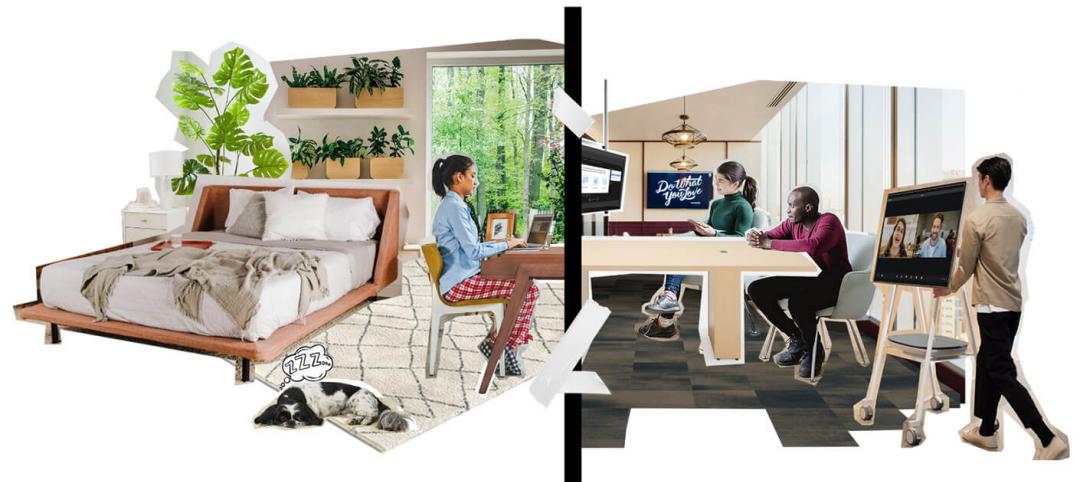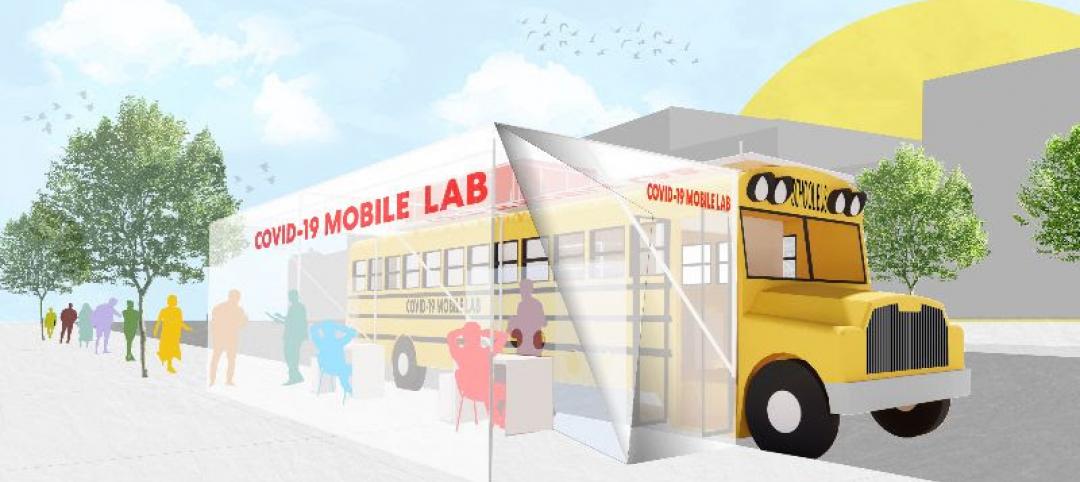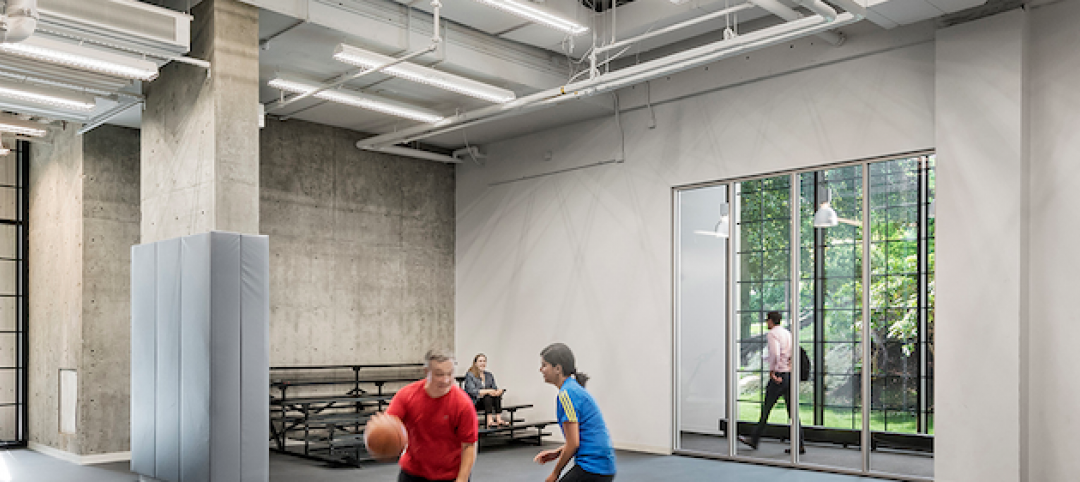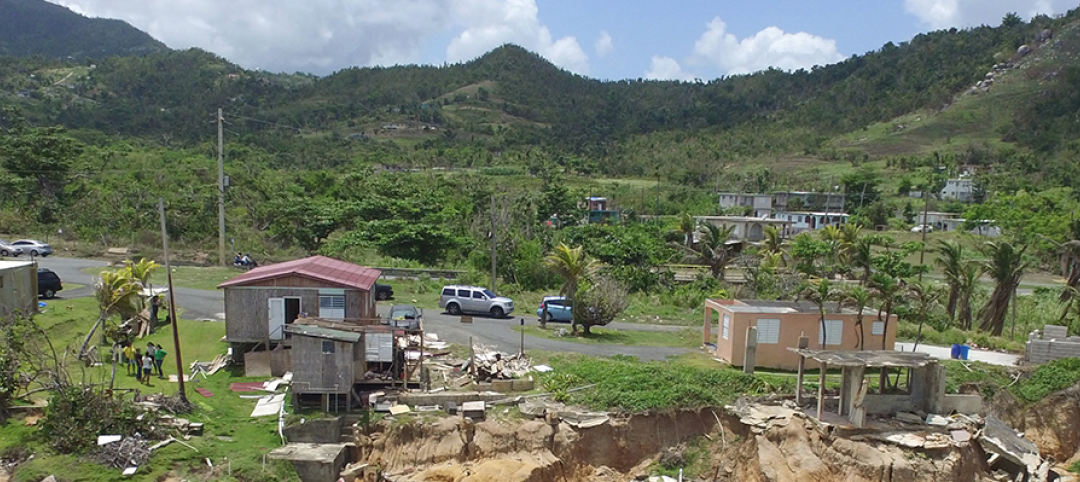Consider a day in the life of Mike, a hypothetical NBA star athlete: still recovering from a recent sprained ankle, Mike wakes up at 7:00am and drives to his team’s new practice facility. Breakfast awaits in the café run by the team nutritionist, where a variety of healthy options lie before him. He then heads to the locker room to get changed before walking 100 feet to see his personal athletic trainer and team doctor in the sports medicine clinic. He moves from hot plunge pools to a treatment table before getting stretched out. After a few recent sessions with the physical therapist, he’s able to finally get back to lifting in the performance center today, directed by the team strength coach who has crafted a personal plan for Mike’s workout. Following meetings, another meal, and light practice on the indoor field, Mike heads to the attached medical center for his appointment at the research lab where performance diagnostics are measuring his vitals, sweat, and range of motion in order to compare his post-practice statistics to those taken immediately after the injury a few days prior. When he’s done, Mike moves to the recovery lounge and spends a few minutes in a cryosauna before sitting and receiving electrical stimulation, watching video from the game while he waits for it to take effect. He finishes the day back in the locker room, showering, changing, and heading home.
Now let’s look at a day in the life of, well, me: I wake up most days at 5:00am to hop on the train and commute an hour into Boston to exercise before the work day. I attend a barre or yoga class at a fitness club where I have a membership that includes unlimited classes, fancy shampoo, and the option to receive ‘discounted’ massages if I pony up the cash. I train on my own based on how I’m feeling each day. When all is said and done, I probably work out five times a week, pretty good considering where I was a year ago.
I used to run. A lot. My marathon career ended with unbearable chronic sciatic nerve pain which endured for a few months ultimately resulting in back surgery this past year. Now I need to monitor my level of activity and stick to low-impact training. I still see a physical therapist regularly when I can squeeze it into my hectic schedule. For the pain following my injury, the list of medications I was on was a bit shocking. Some pills were prescribed by my surgeon at a hospital on the other side of town, and the rest from my primary care physician located somewhere in the middle of this circle of care. For me to take care of myself, I need to run all over the place to see a variety of experts and trained professionals all contributing to some part of my overall attempt at wellness.
Imagine if I could receive the same quality care the pro athletes do. What if I could be assessed and treated by a team of experts working together to ensure I am healthy and always performing at my top level? What if I could walk to a single facility to receive personalized care from multiple professionals, the same ones Mike is seeing within the very same facility? Maybe I could have avoided surgery. Maybe I could have prevented injury or addressed it earlier. Maybe I’d be on my way to a PR-worthy fifth consecutive marathon.
The good news is that it is starting to become possible for common folk like me. Human performance facilities are popping up around the country.
Human performance facilities are emerging as a new way for people to attend to their overall wellness.They offer clinical services, from outpatient surgery, physical therapy, basic imaging, and MRIs, in addition to ‘performance centers,’ where comprehensive integrated technology platforms can provide measurable real-time data to a team of experts who create personalized plans to help individuals and teams perform at the highest level. Research labs serve as the link between performance and healthcare. Diagnostics inform everything from individual exercise plans to the latest biomedical device development. Amenities include spa-like locker rooms, saunas, and steam rooms, hydrotherapy spaces, recovery lounges, nutrition-centric cafes, and flexible meeting rooms. As a patient, you know ‘Mike’ uses these exact same facilities — it is branded to demonstrate this is where the pros go. Who wouldn’t want to be assessed by, train with, and receive treatment by the same team of people helping professionals?
ENGAGEMENT FROM START TO FINISH
This model is a win-win for everyone. Professional teams have a new way to engage with fans in a place that lacked active participation. In an era when technology enables a fan to watch a game in high definition at home (and following on a personal device via social media), why would he or she pay for parking, tickets, and a nosebleed view? If fans feel like they are more part of a team by receiving the same care as the athletes do, they are no longer just a spectator, they’re part of something bigger. UCLA Health has partnered with the Los Angeles Lakers for the new Lakers Training Facility. In partnership with Rosetti, our Los Angeles office is designing the wellness-enhancing interiors. The building serves not only the Lakers organization and minor league D-Fenders team, but will provide the Lakers the opportunity to host sponsor events, community outreach events, season ticket holder events, and Laker Girl events. Dr. John Mazziotta, M.D., Ph.D, Vice Chancellor of UCLA Health Sciences and CEO of UCLA Health, said, “the partnership with the Lakers will provide both organizations with an unparalleled ability to share the message of health and fitness with a broad and diverse audience.”
 In partnership with Rosetti, we’re desiging the LA Lakers Training Facility to serve both team and community.
In partnership with Rosetti, we’re desiging the LA Lakers Training Facility to serve both team and community.
 A proposed training room within the Lakers facility looks out onto a practice court.
A proposed training room within the Lakers facility looks out onto a practice court.
GROWTH OPPORTUNITIES FOR HEALTHCARE
Healthcare institutions have an incredible growth opportunity. Starting with delivering clinical services to one individual, the convenience and star-like treatment help grow that patient group from one member to the entire family. Institutions can suddenly expand in markets where that didn’t seem possible.
EMERGING DEMOGRAPHIC NEED
Meanwhile, an aging generation plagued with chronic ailments needs orthopedic care and rehabilitation more than ever. A 2016 study by the Centers for Disease Control found the number of adults with arthritis and severe joint pain has increased significantly, reaching nearly 15 million in 2014 compared with just over 10 million in 2002. Treatment from renowned practitioners appeals to this active-but-aging cohort. In a world where there isn’t enough time in a day, there is a tremendous benefit to receiving top quality care from a team of professionals conveniently co-located. Recently, Baylor Scott & White Healthcare teamed with Blue Star, a development company affiliated with the Dallas Cowboys, to create a comprehensive Sports Performance and Wellness Center. Our Dallas office is leading the design of that facility. It includes urgent care, pharmacy, imagining, brain injury research, rehabilitation, and sports performance all under one roof.
 Blue Star and Baylor Scott & White have teamed up with the Dallas Cowboys to create a Sports Therapy and Research Center, with a lobby greeting the local community.
Blue Star and Baylor Scott & White have teamed up with the Dallas Cowboys to create a Sports Therapy and Research Center, with a lobby greeting the local community.
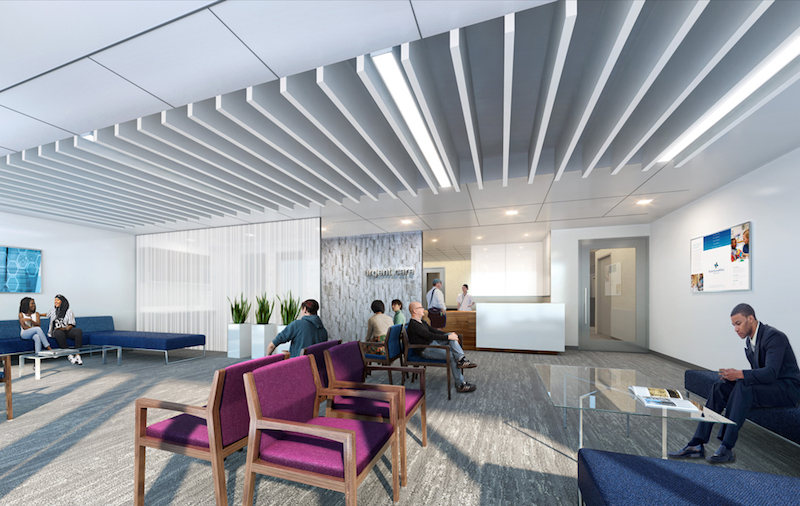 Inside the Sports Therapy and Research Center.
Inside the Sports Therapy and Research Center.
A BOON FOR RESEARCH
Entrepreneurs and researchers benefit from a wide variety of quality healthcare and academic institutions investing in innovation. From high school students to pro-athletes, users participating in research studies make the business venture possible and worthwhile. Researchers gain insights from the data gathered at these types of facilities and can consequently develop and test technology that entrepreneurs can invest in. Product development and published results further enhance what the facility is offering its patients. For example, last year the National Running Center at Spaulding Rehabilitation Hospital, in affiliation with Harvard Medical School, published findings about the relationship of footfall impact to injury likelihood in runners. These types of studies can lend themselves to potential sneaker research and product development. New means and methods for patient treatment discovered through research have the potential to improve processes and outcomes.
A COMMUNITY RESOURCE IN THE SERVICE OF WELLNESS
The local community finds comprehensive, one-stop superior care at their doorstep, encouraging healthy behaviors and influencing contagious (in a good way) healthy lifestyles. Local high school teams with coaches and parents growing concerned with player safety can take advantage of team training sessions and informative meetings about injury prevention and appropriate recovery. If high school students have access to elite training, it can open doors for scholarship opportunities playing sports at colleges and universities. Families can become part of a health network assembled within a single location, allowing a team of providers to see the big picture with data in one system. They no longer need to piece together information coming from a variety of doctors, locations, and networks each time an individual seeks care.
There’s a lot that separates someone like our pro basketball player ‘Mike’ and me. We have wildly different athletic abilities, lifestyles, and, of course, salaries. But we both want to be as healthy as possible so that when we’re performing, we’re as physically fit as can be and we’re able to give 100%. Proper injury prevention, training, and recovery can all be achieved with the right team of doctors in the right location.
The key to achieving your best athletic self is just a human performance facility away.
More from Author
Perkins and Will | Sep 19, 2023
Transforming shopping malls into 21st century neighborhoods
As we reimagine the antiquated shopping mall, Marc Asnis, AICP, Associate, Perkins&Will, details four first steps to consider.
Perkins and Will | Jul 20, 2023
The co-worker as the new office amenity
Incentivizing, rather than mandating the return to the office, is the key to bringing back happy employees that want to work from the office. Spaces that are designed and curated for human-centric experiences will attract employees back into the workplace, and in turn, make office buildings thrive once again. Perkins&Will’s Wyatt Frantom offers a macro to micro view of the office market and the impact of employees on the future of work.
Perkins and Will | May 30, 2023
How design supports a more holistic approach to training
For today’s college athletes, training is no longer about cramming team practices and weight lifting sessions in between classes.
Perkins and Will | Dec 20, 2022
4 triage design innovations for shorter wait times
Perkins and Will shares a nurse's insights on triage design, and how to help emergency departments make the most of their resources.
Perkins and Will | Aug 30, 2021
The great re-shuffle & re-think
In this new hybrid environment in which we cater to how our employees work best, how will we manage new hybrid work practices and etiquette?
Perkins and Will | May 18, 2020
Global design firms collaborate on new COVID-19 mobile testing lab to bring testing to vulnerable communities worldwide
Perkins and Will, Schmidt Hammer Lassen Architects, and Arup Group develop scalable solutions for increased testing capacity within high-density and under-served neighborhoods.
Perkins and Will | Jun 7, 2019
Workplace wellness: Top 3 tips for Fitwel certification
How can thoughtful design encourage healthier choices, lifestyles, and work environments?
Perkins and Will | Feb 27, 2019
ResilientSEE: A framework to achieve resilience across scales
Conceived in the Boston studio of Perkins+Will, the ResilientSEE team developed a resilient planning framework that can be applied to other neighborhoods, cities, and countries.
Perkins and Will | Nov 28, 2018
Amazon HQ2 and the new geography of work
The big HQ2 takeaway is how geography and mobility are becoming major workplace drivers.
Perkins and Will | Sep 4, 2018
It takes more than money to fund resilience
Resilient design, much like all projects in the built environment, requires funding.

